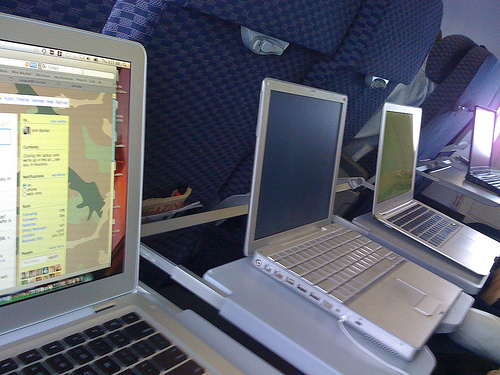The Internet Isn’t Free
The VP of Google Display Advertising, Neal Mohen, once commented on the DoubleClick blog in 2014:
Advertising helps fund the digital world we love today — inspiring videos, informative websites, entertaining apps and services that connect us with friends around the world.
I can’t help but think about this on a regular basis with my project Concorde. I am happy to invest my time in building an informative website for free, but the ongoing operational costs are not insignificant. Each month that the site continues to operate, I owe money to each of the vendors who keep my service humming along. That’s fair — I am happy to pay for the business-critical services, such as web hosting, email marketing, email hosting, SSL certificates, code repositories, and access to flight data. But it’s also nice to be compensated in return for providing a website that thousands of people have now come to find value on a regular basis. So, what option do I have to make money?
The quickest and easiest path to monetization is online advertising. While the online advertising industry has developed an unpopular reputation, Google’s Adsense program is considered the gold standard and deploys a lot of effort to ensure their quality of advertisers and publishers are top notch. The headline on the Adsense homepage says it all:
Turn your passion into profit. AdSense is a free, simple way to earn money by placing ads on your website.
So, that’s what I did. I placed three square banner ads at the bottom of the Concorde homepage and the deals index page:
And that’s it. Now for every 1,000 pageviews of either of the pages mentioned above, I am earning about $10-20 on average, which is effectively $0.01 – $0.02 per view. This is really great news to me because it pays my bills, and it’s great for the Concorde users because it keeps the service free. What’s not to love about tasteful and thoughtful online advertising?



